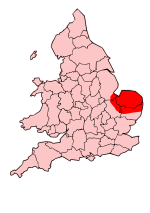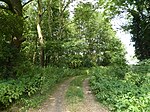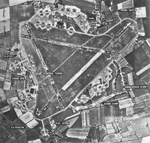Attleborough Academy
Attleborough Academy/Attleborough Academy Norfolk (AA/AAN) (formerly Attleborough High School) is a coeducational secondary school and sixth form with academy status, located in Attleborough in the English county of Norfolk. Previously a community school administered by Norfolk County Council, Attleborough High School became a specialist Mathematics and Computing College in 2008. As part of this, the school became a Microsoft®Academy in 2010. In May 2013 the school launched a consultation on the possibility of converting to academy status. Attleborough High School formally became an academy on 1 January 2014, and was renamed Attleborough Academy Norfolk, sponsored by the TEN Group. Following the restructure of the TEN Group, Attleborough Academy Norfolk became "Attleborough Academy" and is sponsored by the Sapientia Education TrustAttleborough Academy offers GCSEs, NVQs and BTEC First Certificates as programmes of study for pupils. The sixth form centre offers A Levels and advanced BTECs, some of which are offered in partnership with Wymondham College.
Excerpt from the Wikipedia article Attleborough Academy (License: CC BY-SA 3.0, Authors).Attleborough Academy
Norwich Road, Breckland District
Geographical coordinates (GPS) Address Phone number Website External links Nearby Places Show on map
Geographical coordinates (GPS)
| Latitude | Longitude |
|---|---|
| N 52.5199 ° | E 1.0191 ° |
Address
Attleborough Academy
Norwich Road 9
NR17 2AJ Breckland District
England, United Kingdom
Open on Google Maps








